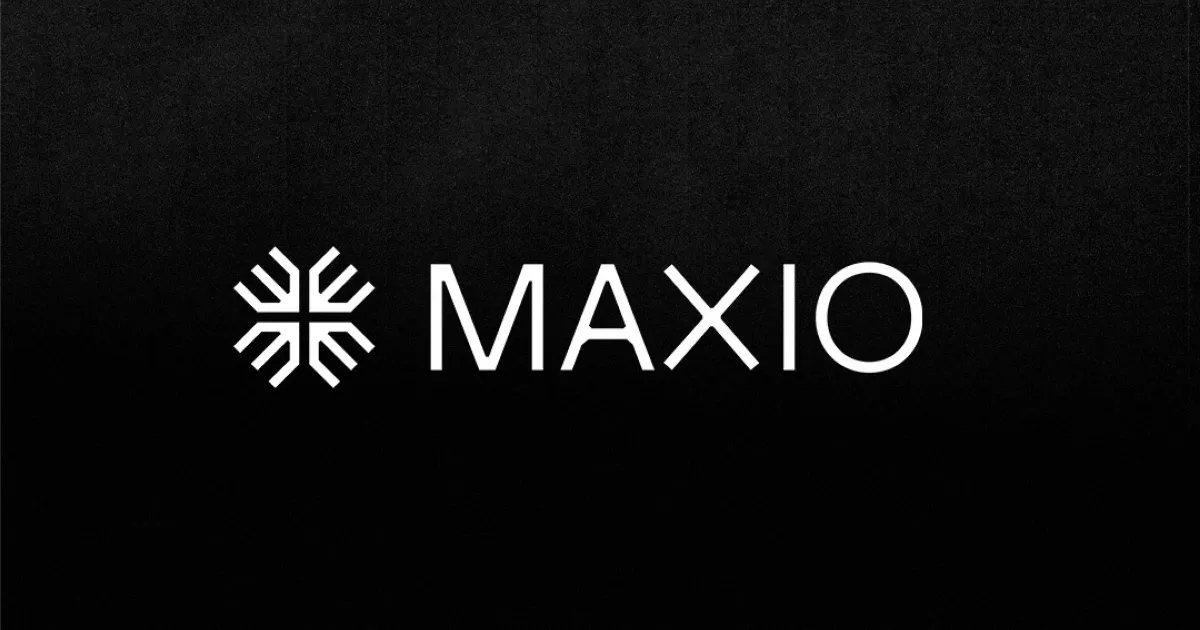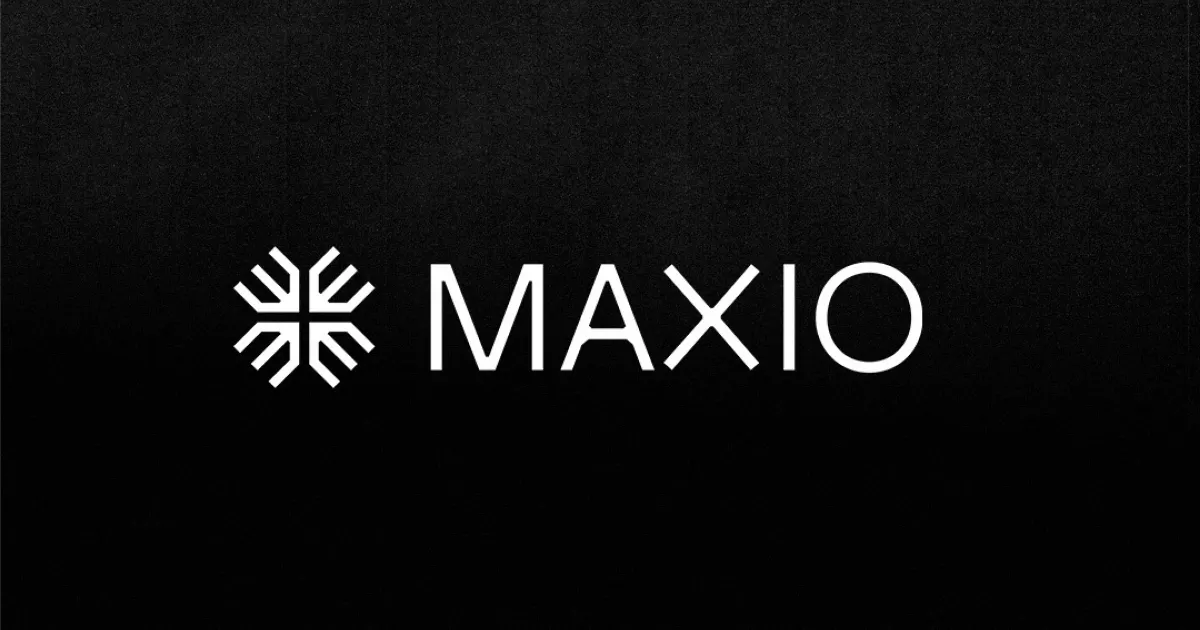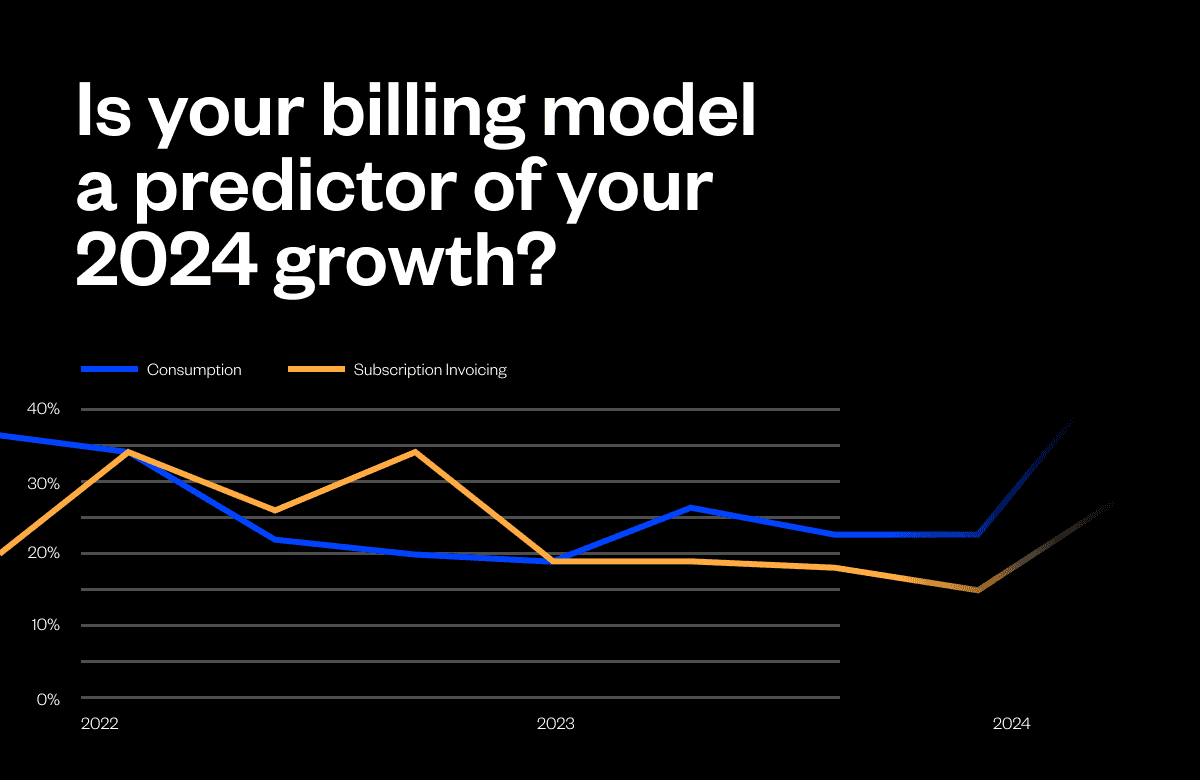There isn’t much that stays the same in the world of B2B SaaS. That’s why we sat down with Maxio and Maxio executives Caitlin O’Neil, CFO, and Matt Downs, CRO, to weigh in on the biggest trends of 2022.
In this webinar recap, you’ll see the most significant trends in SaaS pricing, subscription management, metrics/analytics, and what they could mean for your business in 2022. Caitlin and Matt will also share their unique perspectives on how both early and late-stage companies can use this trends data to stay ahead of the curve. You can watch their full conversation here.
Trends in Billing and Pricing
In a study of 250 B2B SaaS companies, sales-negotiated pricing (44% of companies) is still set to be the most popular pricing model when compared to both fixed pricing (34%) and variable pricing (24%).
However, 64% of these participants considered expansion into new pricing models in 2022. This is closely related to another data trend that showed a 15% increase in companies offering a variable-pricing model since 2021. A critical analysis of these data points reveals that variable pricing may slowly become a leading pricing strategy in the next several years.
After showing them the data, we asked Caitlin and Matt to give their thoughts on each pricing model from a CFO and CRO perspective. Here were their first words of advice:
Fixed pricing
Pros: Predictable revenue streams make it easy to forecast growth. Customers can see exactly what they’re paying for upfront, so it requires less effort to sell.
Cons: Companies often end up over/undercharging customers based on product usage. Companies can leave a lot of money on the table by not leveraging the full value of their SaaS.
Sales-negotiated
Pros: Greater flexibility of pricing and opportunities to upsell. Excellent option for later-stage companies with complex product offerings or a lengthy implementation process.
Cons: More difficult to sell compared to a fixed pricing model. Multiple negotiations are required to find the right price and packaging, resulting in a lengthy sales process.
Variable pricing
Pros: Reduces barriers to entry for new customers. Great for early-stage companies and easy to scale throughout the business lifecycle. There are more opportunities to monetize your existing customer base by charging for product usage.
Cons: More difficult to forecast revenue when compared to traditional pricing models. Complex usage and variable-based pricing revenue streams are more difficult for finance teams to recognize on the backend—this is necessary to stay ASC 606 compliant.
Preparing for the future of variable pricing
There is a clear trend that displays the increasing popularity of variable pricing—what advice can be given to companies looking to adopt a variable or usage-based pricing model?
For starters, there’s no need to overhaul your pricing completely. Hybrid models also exist—these are typically ‘sales-negotiated pricing’ led companies that are introducing variable-based models to win new business. Adopting a hybrid model allows you to price different parts of your business independently and test a usage-based model with your existing customer base.
The biggest objections SaaS businesses usually have with variable pricing is:
- Forecasting predictable revenue
- Recognizing revenue
A FinOps solution like Maxio can address both of these problems by allowing finance teams to automate the revenue recognition process and access advanced SaaS metrics/analytics.
Trends in Subscription Management
There are several factors involved in monitoring the health of your subscription business. We asked our participants to identify the areas of their business where they planned to improve their B2B subscription management practices.
34% of B2B SaaS companies chose ‘customers and renewals,’ with ‘scaling billing and invoicing‘ (28%) following close behind. ‘Online customer support‘ (19.5%) and ‘A/R management‘ (18.5%) were also major areas where participants believed they could improve their subscription management.
We presented this data to Caitilin (CFO) and Matt (CRO) to get their thoughts. They both agreed, “The volume of a business impacts what areas need improvement.” Here’s their advice on how to improve customers & renewals.
Improving Customers & Renewals (aka increasing renewal rates and reducing churn)
- Customer relationships should be vetted for the right product/market fit in the early stages of the funnel
- Leverage firmographic data so every department in your company can deliver a consistent experience throughout the customer lifecycle
- Run a post-mortem after onboarding so clients can provide feedback on their sales and onboarding experience
Our survey found that the #1 reason for customer churn, all the way up until series C, is poor customer fit—make sure you have a solid understanding of what you offer and how it benefits the customer. Some companies convert prospects by promising features that are to be added later in the product roadmap. However, if/when those promised features never show up, churn is inevitable.
Trends in Metrics and Analytics
“Trying to identify which SaaS metric is the most important to measure is like trying to choose your favorite child,” said Caitlin O’Neil, Maxio CFO.
(Feel free to steal that quote. It’s hilarious.)
23.7% of B2B SaaS companies named ARR as their most important metric for 2022. Caitlin and Matt both agreed that ARR is the ‘north star’ metric for any recurring revenue business that uses annual contracts. However, we asked them to give us their independent perspectives on what other SaaS metrics companies should monitor closely.
The CFO perspective on B2B SaaS metrics
Finance teams usually favor renewal rates and net revenue retention rates because they paint a more accurate picture of a business’s health. i.e. even if the sales team is knocking down doors and closing deals, it won’t matter if your business is experiencing revenue leaking from your existing customer base.
The CRO perspective on B2B SaaS metrics
Gross churn rate—an unexpected choice from the CRO. Gross Churn Rate can explain the reasons behind revenue leakage and identify problems within your product or company that negatively affect your ability to win new business.
Q&A from the ’22 B2B SaaS Trends Webinar
Question: How do I identify bad customer fit and reasons for customer churn?
Answer: Monitoring renewal data and working closely with your Customer Success team.
Question: Do B2B SaaS sales teams have a pricing model that they prefer?
Answer: What your sales team prefers is less important than customer preference—i.e. how the customer wants the product bundled, packaged, and delivered. Focusing on the customers’ needs will make it easier for your sales team to win new business.
Question: At what stage or funding round should companies start looking for scalable subscription management solutions?
Answer: ASAP. As you scale, your manual processes will start to break down. In the long run, the lack of a formalized process around subscription management efforts can be more expensive than investing in a dedicated solution.
Question: For companies without a CFO or CRO, what are some ways/resources to get started managing a subscription customer base?
Answer: 1. Contact your investors, look into their other portfolio companies, and get advice from companies that overcame similar challenges. 2. Leverage your network within SaaS-specific organizations and through LinkedIn.
Our webinar featured expert insights on some of the biggest data trends in B2B SaaS—but that’s not the total picture. If you want additional access to data trends on SaaS funding, expense and accounting, and data and infrastructure, check out the full 2022 B2B SaaS Trends Report.



